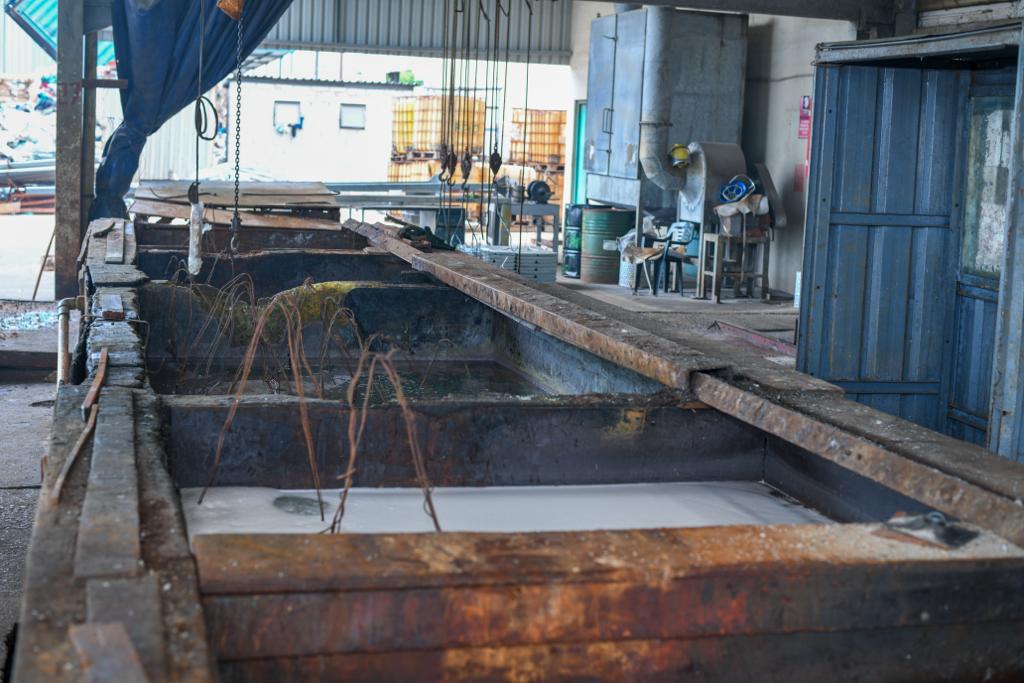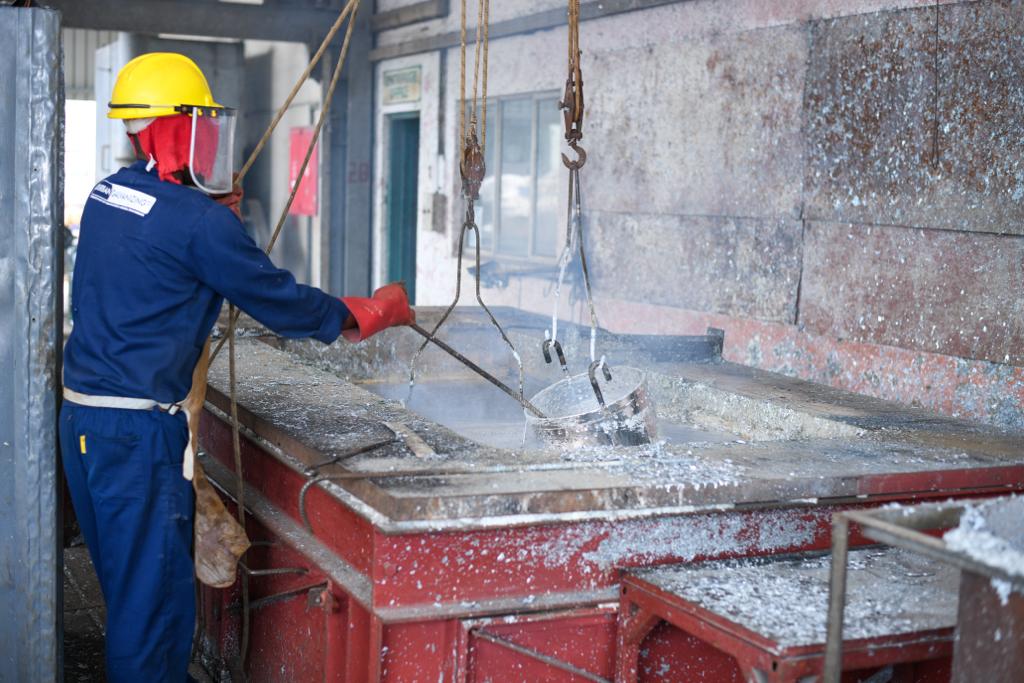

Environmental Impact
Corporate responsibility is not a new concept, but it has gained significant attention lately. Both large corporations and small and medium-sized enterprises are facing increasing pressure to report on their impact on the world. Many organizations are now placing greater importance on environmental impact, with climate change becoming a controversial issue globally.
There have been numerous studies undertaken on steel construction concerning its sustainability. But what about the corrosion prevention of that steel and the hot dip galvanizing industry’s role in environmental impact?
Hot-dip galvanizing, a process that involves coating steel with a layer of zinc to enhance its corrosion resistance, has become a widely adopted method in various industries. While this technique provides crucial benefits in terms of extending the lifespan of steel structures and minimizing maintenance needs, it is sometimes perceived to be a negative contributor to environmental issues. Striking a balance between the advantages and potential concerns ensures that this method contributes positively to sustainability efforts.
Zinc itself is an abundant mineral, found in almost all organic material and is the most common mineral in the earth’s crust. It is also a highly recyclable material. Galvanized steel is often recycled at the end of its life cycle. This supports the principles of a circular economy, where materials are reused and recycled to minimize waste. The recyclability of galvanized steel reduces the demand for new zinc production, conserving natural resources and reducing the overall environmental impact.



While the galvanizing process itself is energy-intensive, the longevity of galvanized steel can offset the initial energy investment. The energy used in galvanizing needs to be considered in the context of the overall life cycle of the product. Advances in technology and process optimization continue to reduce the environmental impact of the galvanizing process, making it more energy-efficient over time.
Concerns have arisen from the potential release of excess zinc into the environment during the galvanizing process. These concerns are to be carefully considered by fabricators and manufacturers in the steel industry. They need to be aware of how the actions or inactions, as the case may be, of their service providers in this industry could affect the environment in which they operate.
Environmental concerns are taken particularly seriously at Durban Galvanizing and efforts to mitigate this impact include the strictest compliance with the Environmental Management Act and implementation of best practices in waste management by certified waste management disposal companies.
Apart from environmental protection efforts, Durban Galvanizing is also proactive in maintaining the highest health and safety standards to protect our factory employees. Safety procedures such as annual medical check-ups for all staff, and personal protective equipment are mandatory for all factory floor staff. Our air quality is monitored and compliant with local municipal laws.
In conclusion, while the galvanizing process itself has energy and emissions considerations, by choosing Durban Galvanizing, a responsible corporate citizen, hot-dip galvanizing offers a range of environmental benefits, enhancing the durability and lifespan of steel structures, ultimately reducing the need for resource-intensive maintenance and replacements. As the industry continues to evolve, a holistic approach that considers the entire life cycle of galvanized steel, along with localized environmental considerations, will ensure that hot-dip galvanizing remains a valuable and sustainable solution for corrosion protection in steel construction.